The project objective was to strengthen institutional capacity of targeted institutions to manage the risk of flooding and land degradation in targeted rural and urban areas. The Government of Togo aimed to achieve objective through 1) community-based activities in watershed and flood-prone areas; 2) community-based activities in cropland and grazing lands; 3) community-based sustainable forest and wetland management; as well as 4) early warning, monitoring and knowledge systems and 5) institutional strengthening and awareness raising. The project was comprehensive, using insitutional capacity building and awareness raising of sustainable land management (SLM) for DRM, and using community-based activities to restore and sustainably manage areas such as the restoration of natural waterways, reforestation of hillsides and watersheds ,and bush fire control (Savanna, Maritime and Kara regions). To reduce pressure on forest resources and restore ecosystem services, communities were assisted in preparing sustainable financing plans and in designing small income generation activities in and around select protected areas and forests. Environmental monitoring was also used to assist in monitoring vegetation cover and land use (crop, pasture/range, forest, wetland, protected area, and other relevant categories), and to provide carbon sequestration estimates in select project areas. The project benefits communities living in flood-prone areas in all five regions of Togo (Savanna, Maritime, Plateau, Central, and Kara). The project will benefits communities settled in the buffer zones of selected protected areas as well as farmers in selected rural areas.
Integrated Disaster and Land Management
Est. Monetary Cost
(Today's US$)
16.9
Est Monetary Benefits
Unknown
Completion year
2017
Featured
Off
Implementation status
Completed
Intervention
Green
Scale
National
Start year
2012
Co benefits of interventions
Nature based solutions
Project Location(s)
8.5767705099341, 1.1064783195801
Original currency
USD
Organizations
Risk Reduction Benefits
redirection & drainage of flood & storm water
slope stabilization
soil composition maintained
reduced loss of transport infrastructure
reduced loss of urban infrastructure
reduced loss of life
Donors
Countries


